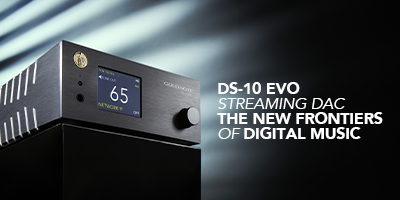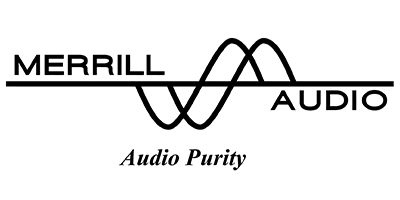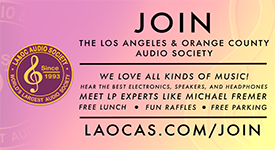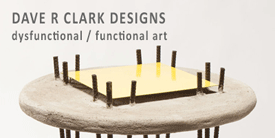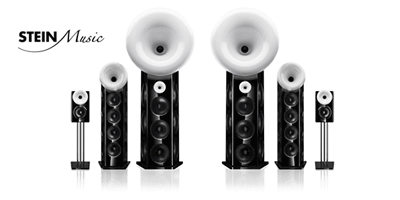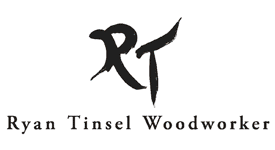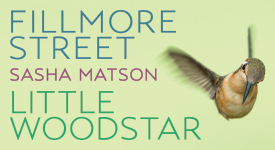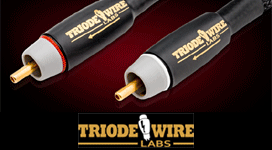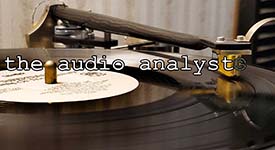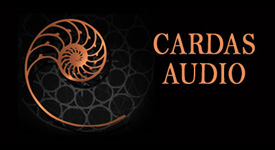Greetings friends, I hope you are well.
It's always a pleasure to meet up with my talented jazz guitarist friend, David Gitlen. This morning we went out for a nice breakfast (Thanks, David!), and afterwards came by my place for some jazz listening adventures.
Joe Pass: Virtuoso and For Django
I wish you could all experience listening to jazz with David. He has the keenest ears for music, recordings, and hi-fi of anyone I've ever met.
Plus, David rubbed shoulders with jazz guitar greats Jim Hall and Joe Pass back in the day, and other jazz greats, has decades of jazz guitar playing experience to draw upon, which makes for absolutely fascinating discussions during listening sessions.
At breakfast we talked about the controversial jazz album Virtuoso by Joe Pass. Then when we got back to my place, it was the first album we cued up, after letting the system warm up while sipping some cappuccinos.
We listened to the Craft Recordings 2025 remaster version of Virtuoso with mastering from the original tapes by Kevin Gray at Cohearent Audio, and pressed on 180 gram vinyl at RTI. Craft Recordings and Kevin did a really beautiful job on this reissue.
Wait! I just said Virtuoso was controversial - what's that about?
When the album was released in 1973 everybody wondered why Joe's tone was so "bad" on this album. Joe's playing was always brilliant, of course, but what happened to his tone?
Joe was never overly concerned about tone, but the Virtuoso album was inexplicable, and the tone issue on this album has been a topic of debate in jazz guitar circles for decades now.
I've got a great 'jazz insider' story to tell you about Virtuoso that David shared with me.
Oh, I almost forgot to say that we listened today with my Tannoy Westminster Royal SE loudspeakers, with their outboard Duelund Coherent Audio crossovers that utilize CAST silver components in the HF circuit of the crossovers, and CAST copper components in the LF circuit. This gives the big West's an extremely transparent and information rich presentation.
The West's coupled with the Audio Note (UK) Level Four Tomei 211 SET integrated amplifier, M6 RIAA phono stage, AN-S4 silver SUT, Io I moving-coil phonograph cartridge, and all silver cables, gives a very deep view into the music, the nature of the recordings, and of course the mastering, or remastering, as the case may be.
The big Tannoys combined with the Level Four Audio Note (UK) kit are rather awe inspiring to hear, and it really makes it fun when listening for pure enjoyment, or mixed with deep dives into the nature of the recordings and Joe's playing like we did this morning.
Well back to the tone issue controversy about Virtuoso.
When listeners first heard Virtuoso when it was released in 1973 everyone wondered what had happened to the tone. Did something go wrong during the recordings sessions? Did the feed from Joe's amp short out during recording so that only the feed from the from the front mic was going onto the tape, so that his guitar was recorded as an acoustic instead of an electric?
Theories about what was responsible for the tone issue abounded!
Early on, jazz guitar greats like Jim Hall, Joe Pass, and Herb Ellis all played Gibson ES-175s, which was the benchmark for jazz guitar tone during that period. Of course their playing was unique to each guitarist, and they might have used different pickups, or strings, or amps, but there was always that thread of the Gibson ES-175 tone running through the music and recordings.
But on Virtuoso, that Gibson ES-175 tone - with the exception of one song - was missing. What happened?
In the early 1970s, David contacted Jimmy D'Aquisto about building him a new jazz guitar. By then, Jimmy had built guitars for both Joe Pass and Jim Hall.
Jimmy built both carved top and laminate guitars, and had just completed a carved top archtop guitar for Joe Pass (the Gibson had a laminate top instead of a carved top).
Jimmy told David to stop by Joe's place to take a look at Joe's guitar to see if he liked the color choice he had finished it with. David stopped in to visit Joe, checked out his D'Aquisto guitar, and played for a bit with Joe. The carved top D'Aquisto guitar had a very different sound than the laminate top Gibson ES-175.
David decided to get a carved top D'Aquisto after playing Joe's.
While talking with Jimmy one day, after the release of Virtuoso in 1973, Jimmy told David how excited he was after Joe had told him he had used his D'Aquisto carved top archtop on Virtuoso.
Everybody thought Joe used an ES-175 on Virtuoso because of the photo on the cover showing Joe with an ES-175, but he didn't, at least for most of the songs.
If you've ever played a solid carved top jazz guitar compared to a laminate top one, you know they sound very different tonally. Solid carved tops have a crisper, drier, and more percussive quality to their tone than the rounder, flatter, richer, more compressed tone of laminate top guitars like the ES-175.
That crisper, drier, and more percussive tone is what you hear on most of Virtuoso. With one exception. Listen to the third track of "Here's That Rainy Day". The tone there sounds like an ES-175. David pointed that out to me, as I hadn't noticed that on my first listen.
Now listen to For Django, which is perhaps my all-time favorite Joe Pass album. Listen to the tone of Joe's guitar. Joe played his ES-175 on For Django. Notice the rounder, flatter, richer, more compressed tone of the guitar? It sounds beautiful tonally, doesn't it?
Virtuoso achieved critical acclaim for Joe's playing on that album. It's Joe Pass, so you know the playing is going to be great. Listen to the tone of the D'Aquisto. Then put on For Django. Listen to the tone of Joe's ES-175. Totally different, right?
Many thanks to David for sharing this story, it seems that the reason for the guitar tonal differences on Virtuoso are due to D'Aquisto versus ES-175 guitars, rather than a boo-boo during the recording of Virtuoso. Mystery solved.
Oh by the way, when Joe was playing it was always spontaneous improvising rather than planned beforehand. A couple of times on Virtuoso Joe backed himself into a musical corner, and very artfully got himself back out. Joe's playing was so amazing, and my level of insight into Joe's playing doesn't go very deep, so I didn't notice until David pointed it out to me. Can you figure out where Joe did backed himself into a musical corner and got back out while improvising?
If you love jazz guitar you'll want to have both of these important Joe Pass albums in your collection. You'll be able to explain to your listening buddies about the tonal difference between the guitars on the albums now.
Both albums are highly recommended!
Diana Krall: All For You
I really have enjoyed this album. All For You is a tribute to the Nat King Cole Trio. The music is sublime, Diana Krall's vocals are to die for, and the recording quality is superb. All For You a truly brilliant album in every respect.
The version David and I listened to was the 33 1/3 rpm Acoustic Sounds reissue version from Chad Kassem, that was mastered by Bernie Grundman from the original analog tapes, and pressed on 180 gram vinyl at Quality Record Pressings. You know the resulting reissue is going to be great when Chad Kassem is involved, and it is.
I don't have any cool stories to tell you about this album, David and I just luxuriated in the beautiful music during our listening session today. Although, I was surprised to learn from David that Diana Krall is married to Elvis Costello. Man, do their kids have some deep musical talent running in their veins from mom & dad!
Be sure to add this album to your library, it is a winner in every respect. Note that Chad also did a 45rpm version, which is likely even better sound quality wise.
Chet Baker: Chet Baker Sings and Plays
I've always been a fan of Chet Baker's playing, but not so much his singing, until I heard Chet Baker Sings and Plays.
The version of Chet Baker Sings and Plays that David and I listened to today was the reissue from the Blue Note "Tone Poet" vinyl series. Every one of the Tone Poet reissues has been stellar, and so is Chet Baker Sings and Plays.
Recorded for Pacific Jazz in 1955, Chet Baker Sings and Plays is a superb recording, and sounds like it was recorded at the peak of the stereo magnetic recording era, rather than in 1955, which is a little early for a stereo magnetic era recording - but they did a brilliant job on this recording!
Chet Baker Sings and Plays is another no-brainer reissue album to add to your library. Fantastic music, excellent recording, and superb reissue from the Tone Poet. Highly recommended!
Ok, that's all for now. Time to go fix dinner.
As always, thanks for stopping by, and may the tone be with you!

